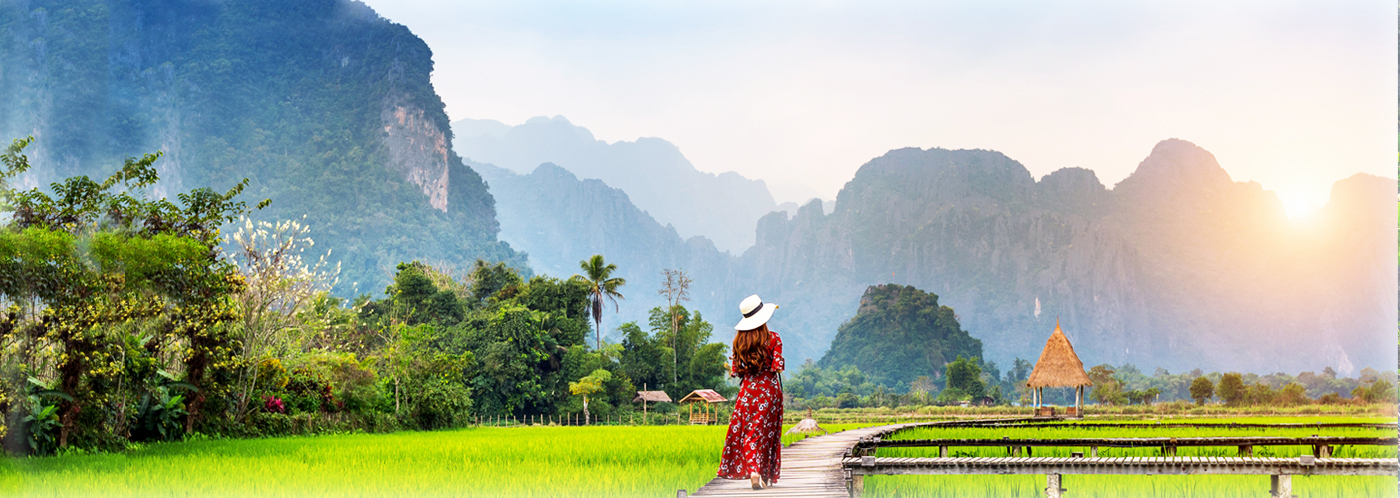Vietnam Welcomes Three New ASEAN Heritage Parks
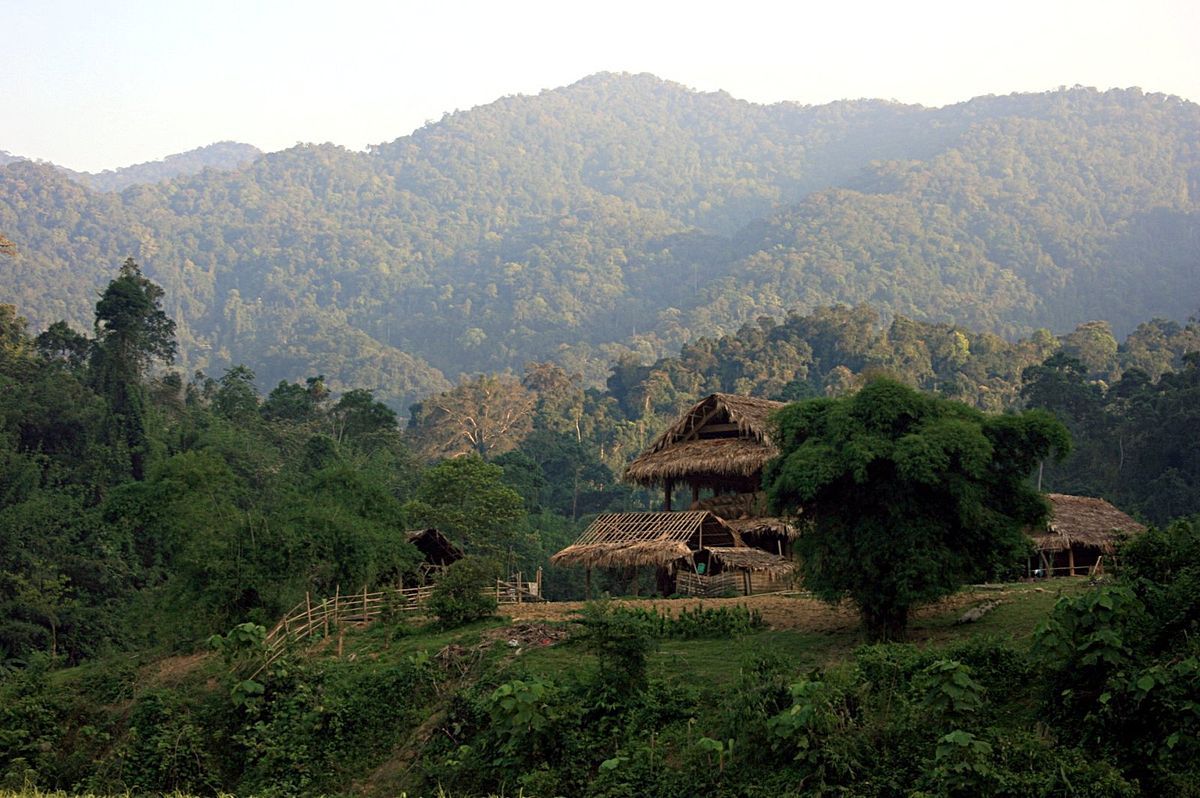
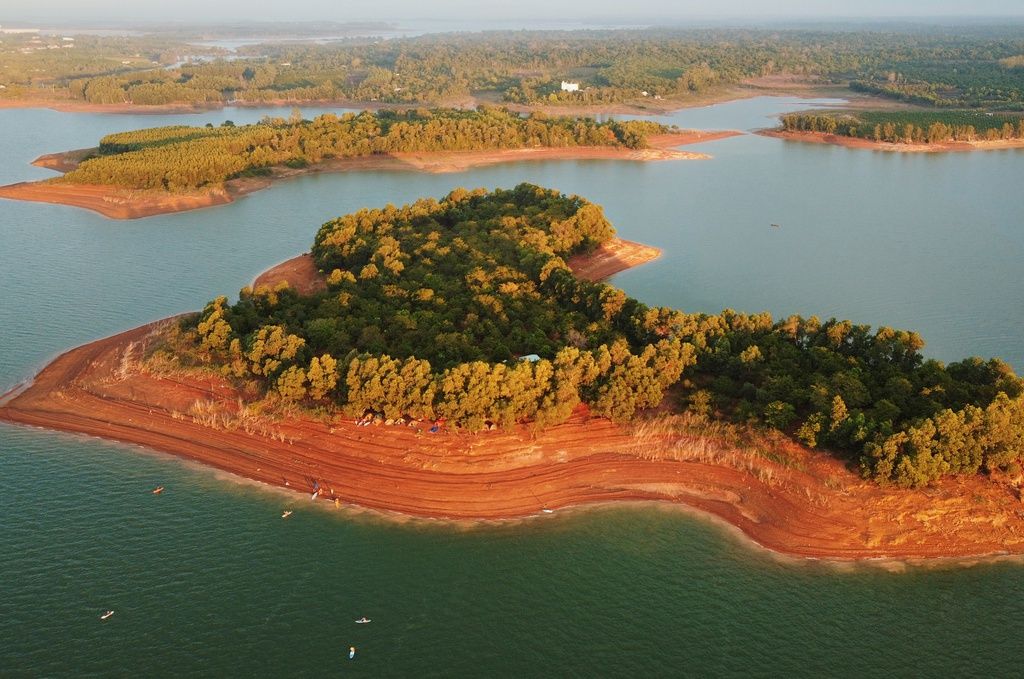
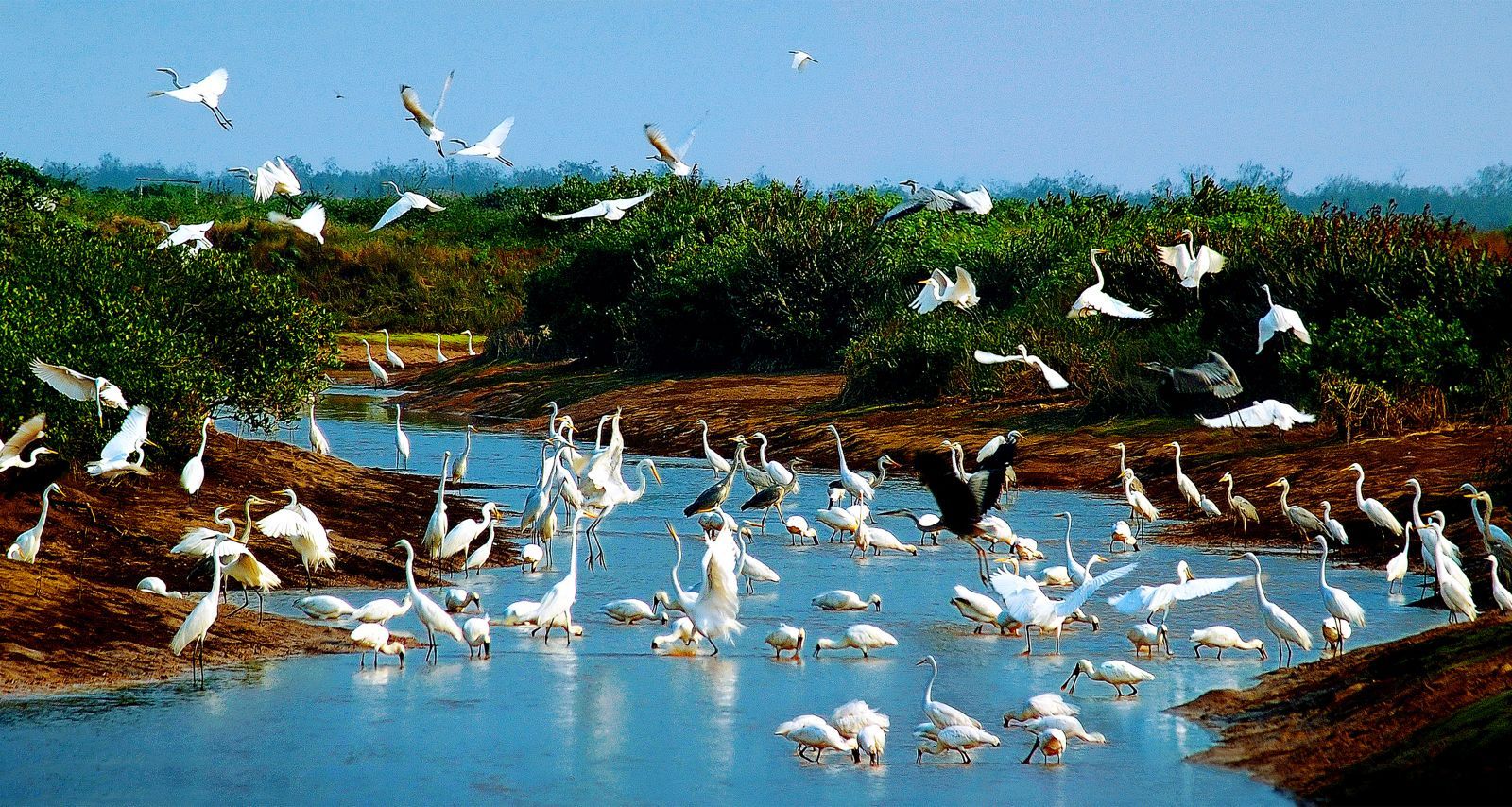

Earlier this year, Vietnam proudly celebrated a new UNESCO World Heritage inscription: the Complex of Monuments and Landscapes of Kiếp Bạc, Yên Tử - Vĩnh Nghiêm - Côn Sơn. This interprovincial site across Bắc Ninh, Hải Phòng, and Quảng Ninh is tied to the birth and flourishing of the Trúc Lâm Zen School and was honored not only for its natural beauty but also for its profound cultural and historical significance.
Now, 2025 marks yet another milestone for Vietnam’s heritage landscape. Three national parks - Pù Mát National Park (Nghệ An), Đồng Nai Culture and Nature Reserve, and Xuân Thủy National Park (Ninh Bình) - have officially been recognized as new ASEAN Heritage Parks during the 18th ASEAN Ministerial Meeting on the Environment in Malaysia. Among just six newly recognized sites, Vietnam stands out as the only country in the bloc with three inclusions, underscoring the country’s rich biodiversity and natural treasures. In total, ASEAN now has 69 officially protected heritage parks.
Pù Mát National Park
Located in western Nghệ An Province, Pù Mát, named after the Thai word for “high slopes”, was designated a national park in 2001 and forms the core of the UNESCO-recognized Western Nghệ An Biosphere Reserve (2007). Its rich biodiversity includes 1,144 species, alongside diverse ethnic communities such as the Kinh, Thái, Hmong, and Thổ (including the Đan Lai people). Highlights like pristine primary forests, Khe Kèm Waterfall, and Phà Lài Dam make it an undiscovered gem for travelers seeking both natural beauty and cultural immersion.
Đồng Nai Culture and Nature Reserve
Just 80 km from Ho Chi Minh City, the Đồng Nai Reserve has become an increasingly popular eco-tourism destination. Spanning a vast biosphere, it is home to rare wildlife, including one of the last remaining elephant herds in Asia. The area’s landscapes, especially the scenic Trị An Lake, are beloved for camping and outdoor exploration. Beyond its natural beauty, the reserve also preserves important historical sites such as Suối Linh Tunnels, the Southern Central Committee headquarters, and the Eastern Nam Bộ Region base offering both ecological and historical significance.
Xuân Thủy National Park
Perhaps the least known among the three, Xuân Thủy National Park lies at the southern mouth of the Red River in Ninh Bình Province. This vast alluvial zone, nourished by river and sea, boasts large mangrove forests and provides sanctuary to numerous species of wildlife and migratory birds. In addition to its ecological importance, Xuân Thủy is home to unique cultural and architectural heritage, from traditional wooden “nhà bổi” houses to temples and churches blending ancient and modern styles, reflecting the vibrant life of Red River Delta communities.
Together, these three new ASEAN Heritage Parks represent the North, Central, and South of Vietnam, showcasing the country’s ecological richness and cultural depth across regions. Their recognition not only highlights Vietnam’s biodiversity but also reaffirms its growing potential in eco-tourism development, ensuring that both local communities and international visitors can appreciate and protect these invaluable natural treasures.
Recent Post

Nha Trang Crab Vermicelli: A Coastal Twist on a Northern Classic
Among Vietnam&rsqu...
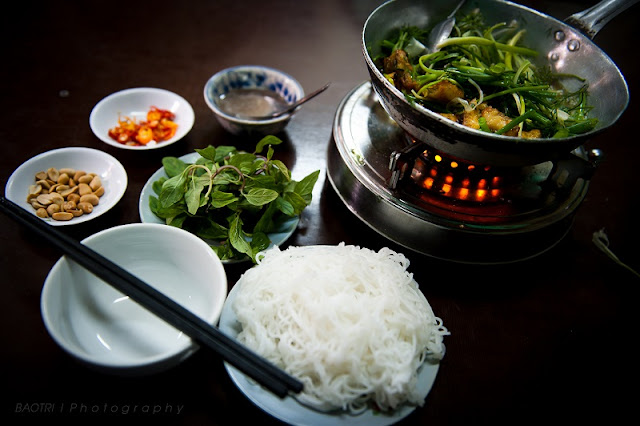
Cha Ca La Vong: The Iconic Hanoi Turmeric Fish with Dill
Among the many bel...
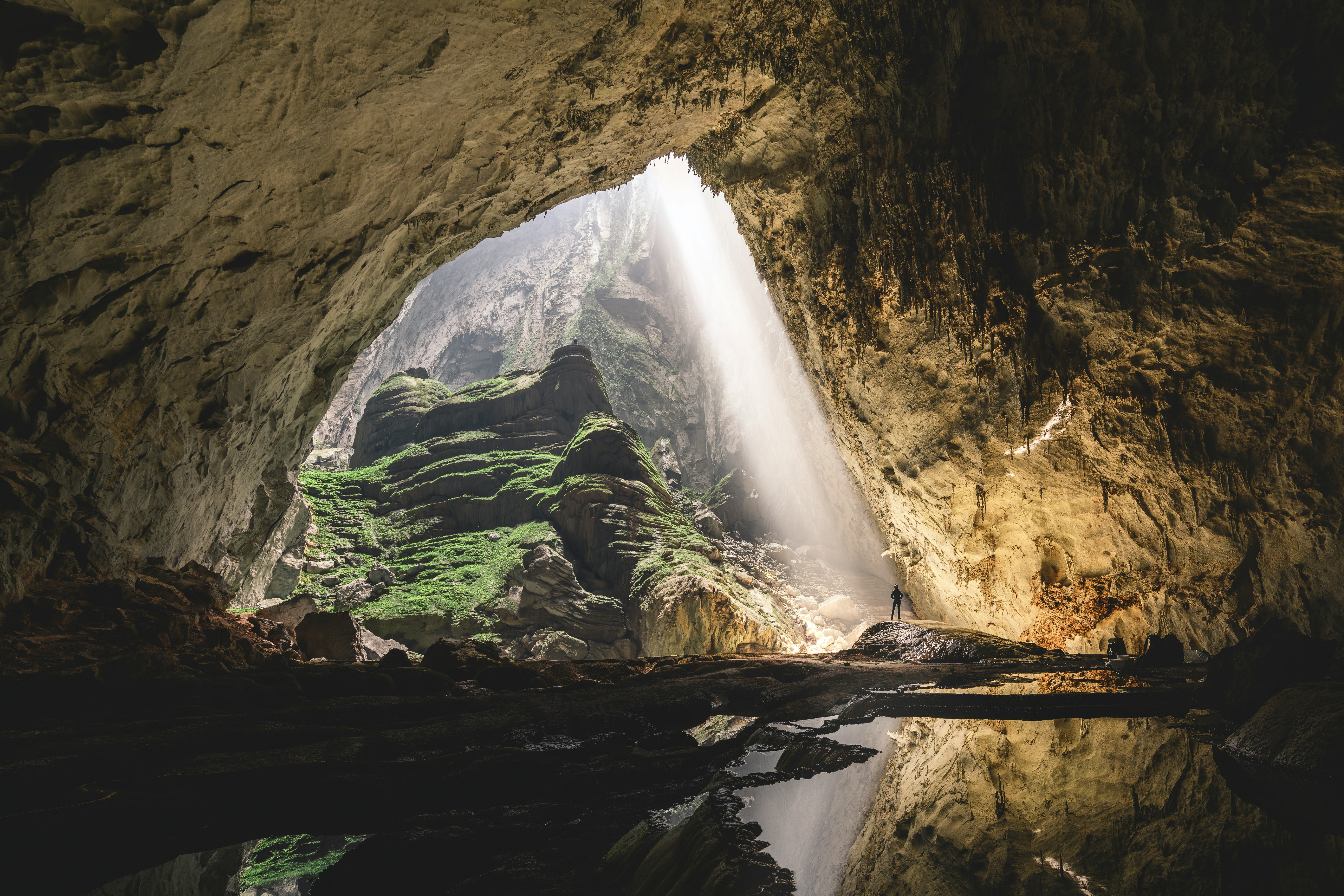
Son Doong Cave - Vietnam’s Emerging Natural Wonder and Tourism Magnet
Located in the cen...
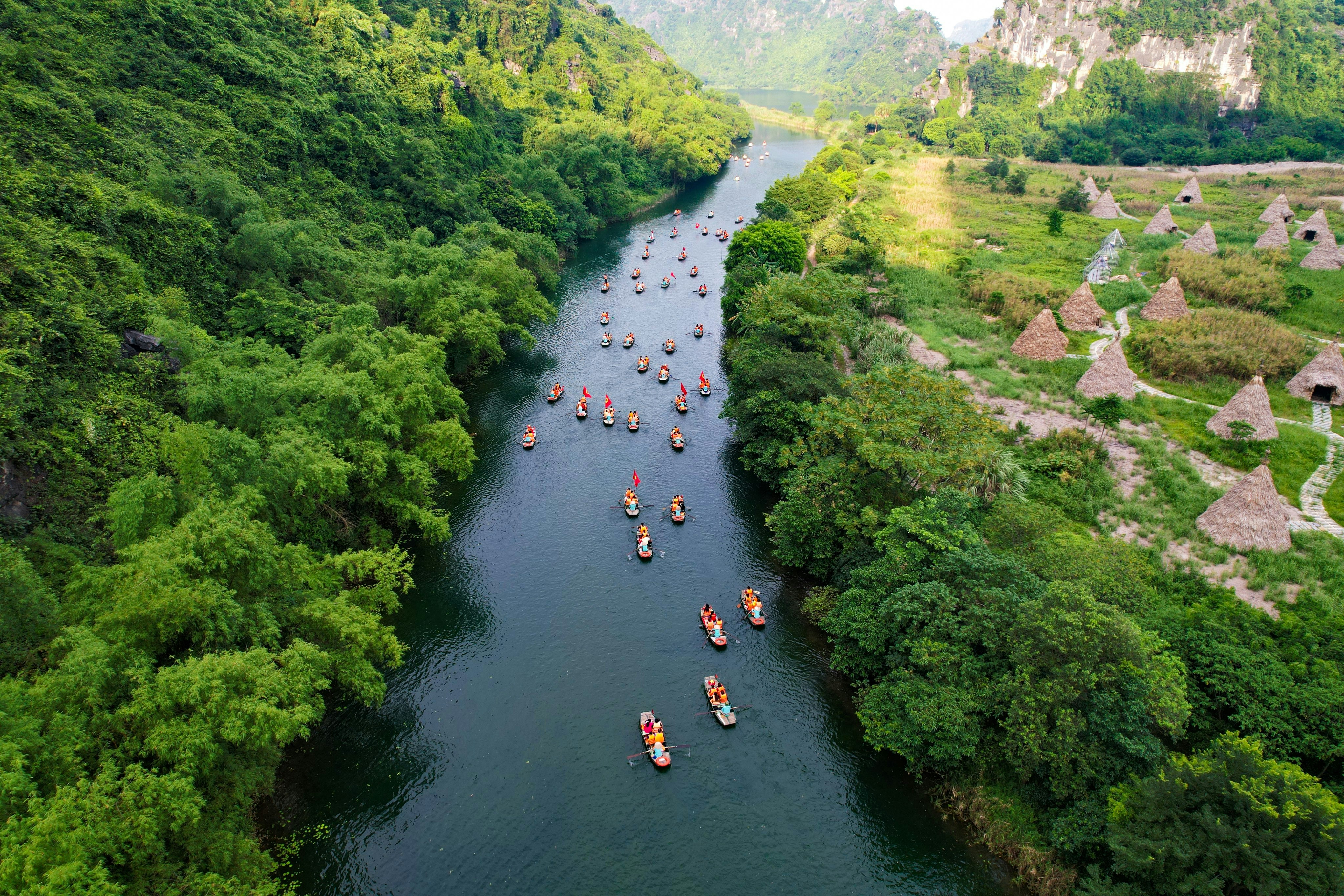
Trang An Scenic Landscape Complex - The “Ha Long Bay on Land” of Ninh Binh
Recognized by UNES...

Hanoi Ranks Second Among Asia’s Top Honeymoon Destinations
Hanoi, the capital...

10 Smart Ways to Travel Better While Saving More
Today’s trav...

